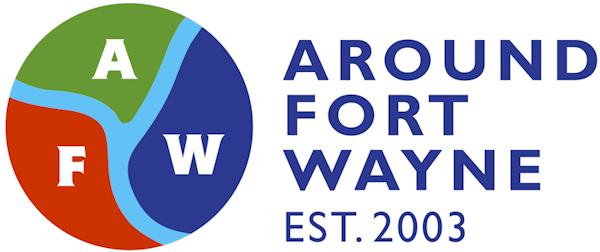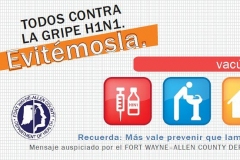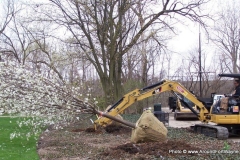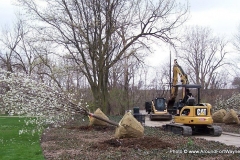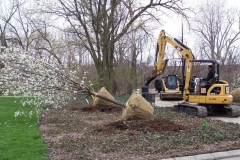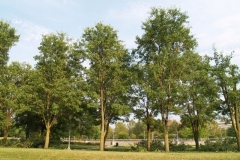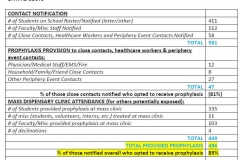![]()
News release from the Fort Wayne-Allen County Health Department:
Extreme heat advisory, air quality alert prompt safety tips
(June 27, 2012). – Thursday’s temperatures are expected to soar to 100 degrees or higher and an Air Quality Action Day for Ozone has been issued.
During periods of extremely hot weather, the Fort Wayne-Allen County Department of Health advises residents to do the following to stay safe:
[list type=”black”]
[li]Wear light-colored, loose fitting clothing.[/li]
[li]Stay hydrated by drinking plenty of water, the safest liquid to drink during heat emergencies.[/li]
[li]Drink from two to four cups of water every hour while working or exercising outside and remind others to drink extra fluid as well.[/li]
[li]Avoid strenuous exertion on hot days. If you must do arduous activity, do it during the coolest time of the day, usually the morning or evening.[/li]
[li]Stay indoors as much as possible. If air conditioning is not available, stay on the lowest floor, out of the sun. Try to go to a public building with air conditioning each day for several hours. Do not rely on a fan as your primary cooling device.[/li]
[li]Watch infants carefully and check on elderly neighbors or relatives often. Young children and the elderly are particularly vulnerable to heat-related illnesses such as heat stroke or heat exhaustion. Check on those most at risk twice a day.[/li]
[li]Check local news for extreme heat alerts and safety tips during times of extreme heat.[/li]
[/list]Under normal conditions, a person’s skin, blood vessels and perspiration level adjust to the heat. But in extreme heat, these natural cooling systems may fail if a person is exposed to high temperatures and humidity for too long, if he or she sweats heavily or does not drink enough fluids. The result may be a heat-related illness.
The U.S. Centers for Disease Control and Prevention estimate that, on average, 675 people die from complications related to extreme heat each year in the United States – more than tornadoes, hurricanes, floods, lightning or any other weather event combined.
The most common heat-related illnesses are:
Heat cramps: Heat cramps are painful muscle contractions, mainly affecting the calves, quadriceps and abdominals. Affected muscles may feel firm to the touch. Your body temperature may be normal.
Heat exhaustion: With heat exhaustion, your body temperature rises as high as 104 F (40 C) and you may experience:
[list type=”black”]
[li]Nausea[/li]
[li]Vomiting[/li]
[li]Headache[/li]
[li]Fainting[/li]
[li]Weakness[/li]
[li]Cold, clammy skin.[/li]
[/list]If left untreated, these conditions can lead to heatstroke.
Heat stroke: Heat stroke is a life-threatening emergency condition that occurs when your body temperature is greater than 104 F (40 C). The symptoms of heat stroke include:
[list type=”black”]
[li]High body temperature,[/li]
[li]The absence of sweating, with hot red or flushed dry skin[/li]
[li]Rapid heart rate or pulse[/li]
[li]Difficulty breathing[/li]
[li]Strange behavior[/li]
[li]Hallucinations[/li]
[li]Confusion[/li]
[li]Agitation[/li]
[li]Disorientation[/li]
[li]Seizure[/li]
[li]Coma[/li]
[/list]Those at greatest risk for heat stroke include the elderly (especially those with chronic health conditions), infants, athletes and people who work outside.
Heat stroke requires immediate medical attention to prevent brain damage, organ failure or even death. Do not drive yourself to the hospital – call 911.
